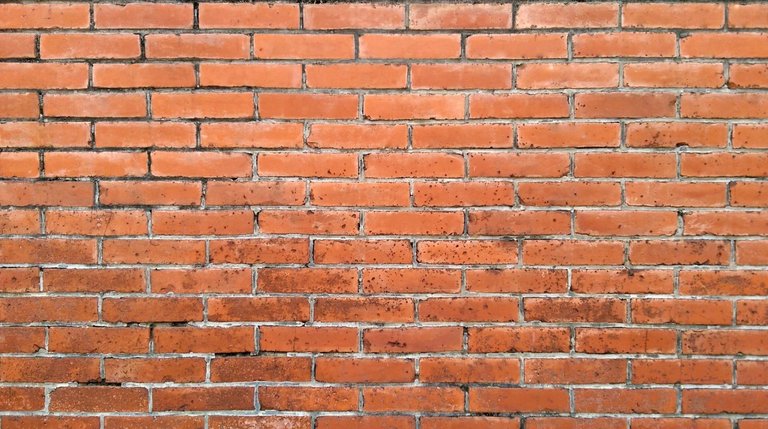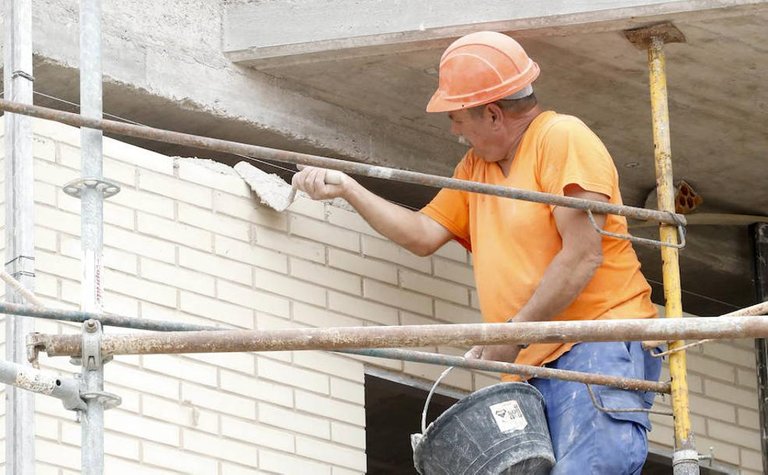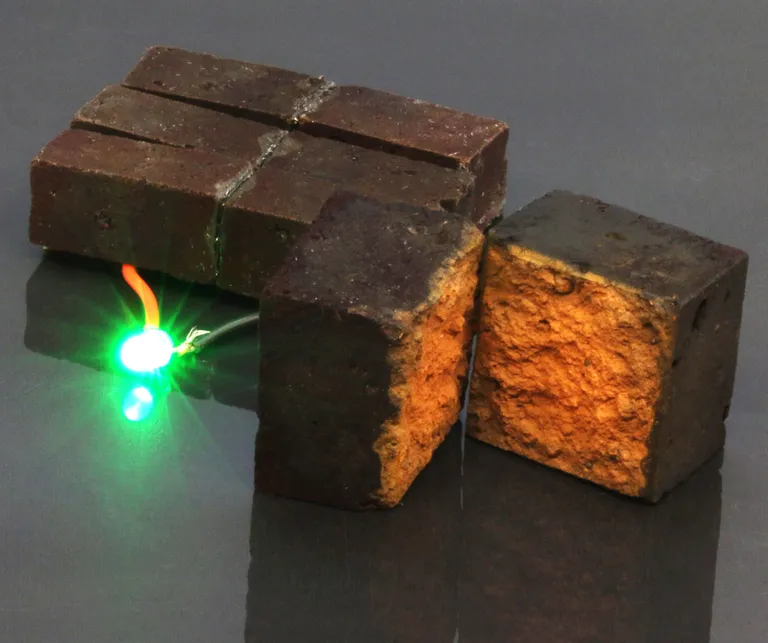Nanotechnology to store energy in bricks/Nanotecnología para almacenar energía en los ladrillos

Source
The modest brick used as a building element is estimated to be 11,000 years old, being the first to be used by pre-ceramic Neolithic farmers around 9,500 BC.
El modesto ladrillo utilizado como elemento de construcción se calcula tiene una antigüedad de 11.000 años, siendo los primeros en utilizarlos los agricultores del neolítico precerámico alrededor del 9.500 antes de Cristo.
The oldest known courses of bricks come from archaeological sites in Mesopotamia dating back 10,000 years (7,500 b/ c) and have been used in construction ever since.
Las hiladas de ladrillos más antiguas que se conocen proceden de yacimientos arqueológicos de Mesopotamia con una antigüedad de 10.000 años (7.500 a/c) y desde entonces se ha venido utilizando en la construcción.
After thousands of years without having had any important evolution, it seems that now the brick can become popular again thanks to its alleged ability to store energy as if it were a battery.
Tras miles de años sin haber tenido ninguna evolución importante parece que ahora el ladrillo puede volver a ser popular gracias a su presunta facultad de almacenar energía igual que si fuese una batería.

Source
A team of scientists from Washington University in St. Louis has set out to turn the modest bricks into energy storage cells and use them to power an LED in the laboratory.
Un equipo de científicos de la Universidad de Washington en St. Louis, se ha propuesto convertir los modestos ladrillos en células de almacenamiento de energía y usándolos para alimentar un led en el laboratorio.
They first started with normal red bricks that were coated with a conductive polymer called PEDOT, which is made up of nanofibers that work their way inside the porous structure of the bricks.
Primero empezaron con ladrillos rojos normales a los que les dieron una capa de un polímero conductor llamado PEDOT, está compuesto de nanofibras que se abren camino por dentro de la estructura porosa de los ladrillos.
After treatment, the brick becomes an "ion sponge" that can conduct and store energy, as well as being able to charge and discharge like a battery but much faster.
Tras el tratamiento el ladrillo se convierte en una "esponja de iones" que pueden conducir y almacenar energía, además de poder cargarse y descargarse igual que una batería pero mucho más rápido.

Source
These bricks can even be stacked to make a wall that is then coated with an epoxy layer to insulate the system, which can turn the brick wall itself into a battery.
Estos ladrillos pueden incluso apilarse para fabricar una pared que después es recubierta por una capa de epoxi para aislar el sistema, lo que puede convertir a la misma pared de ladrillo en una batería.
In addition, this treatment can be used both in new bricks and in recycled bricks and can be connected to solar panels to store the excess energy obtained from the Sun, which saves us the installation of batteries at home.
Además este tratamiento puede emplearse tanto en ladrillos nuevos como en ladrillos reciclados y pueden ser conectados a paneles solares para almacenar la energía sobrante obtenida del Sol, lo que nos ahorra la instalación de baterías en casa.
More information/Más información:
https://www.nature.com/articles/s41467-020-17708-1
Warning! This user is on our black list, likely as a known plagiarist, spammer or ID thief. Please be cautious with this post!
If you believe this is an error, please chat with us in the #appeals channel in our discord.